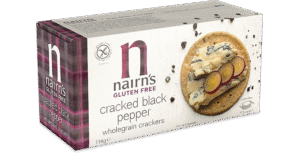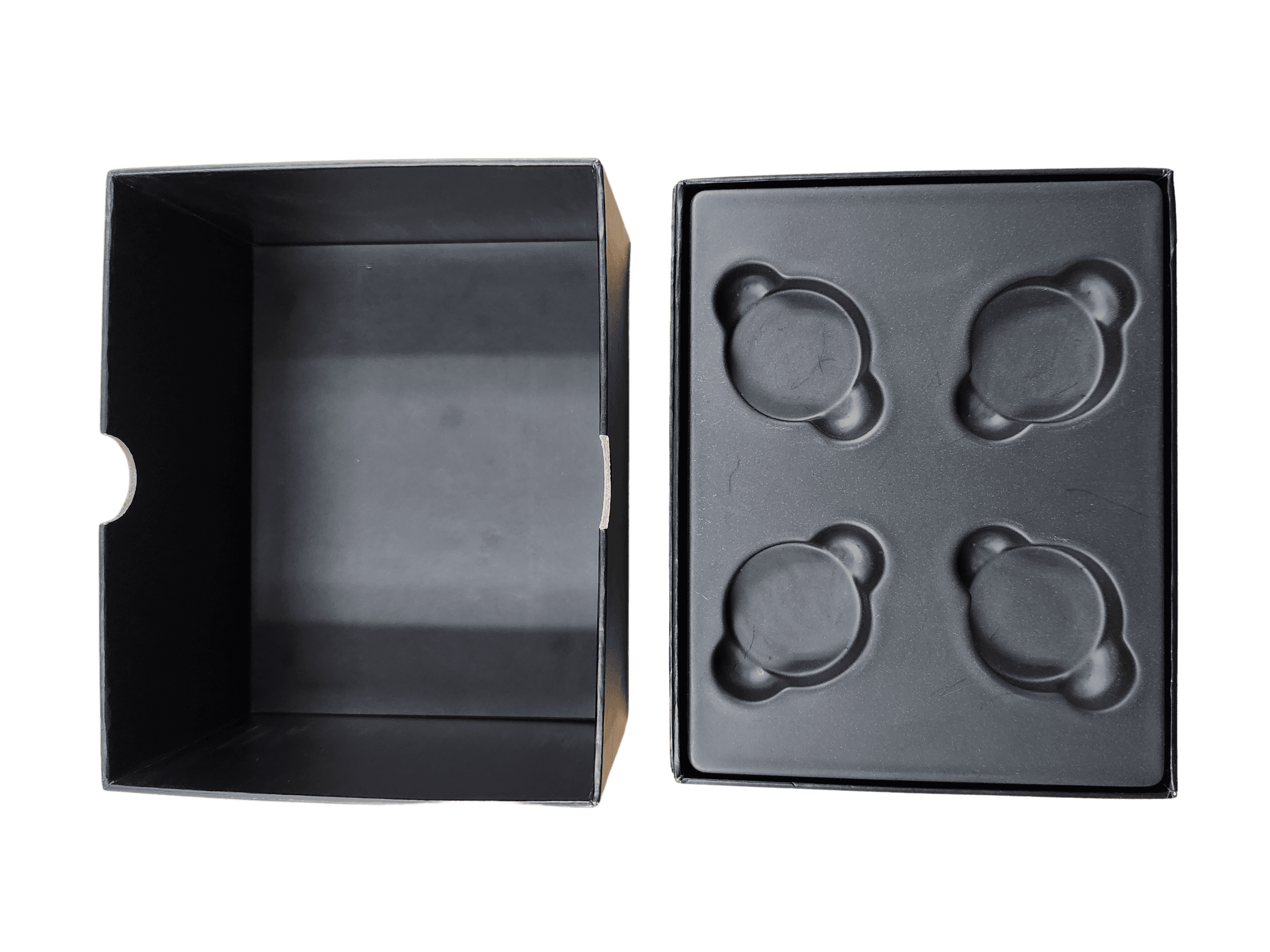Home » Preventing Score Cracking in Folding Cartons
Preventing Score Cracking in Folding Cartons
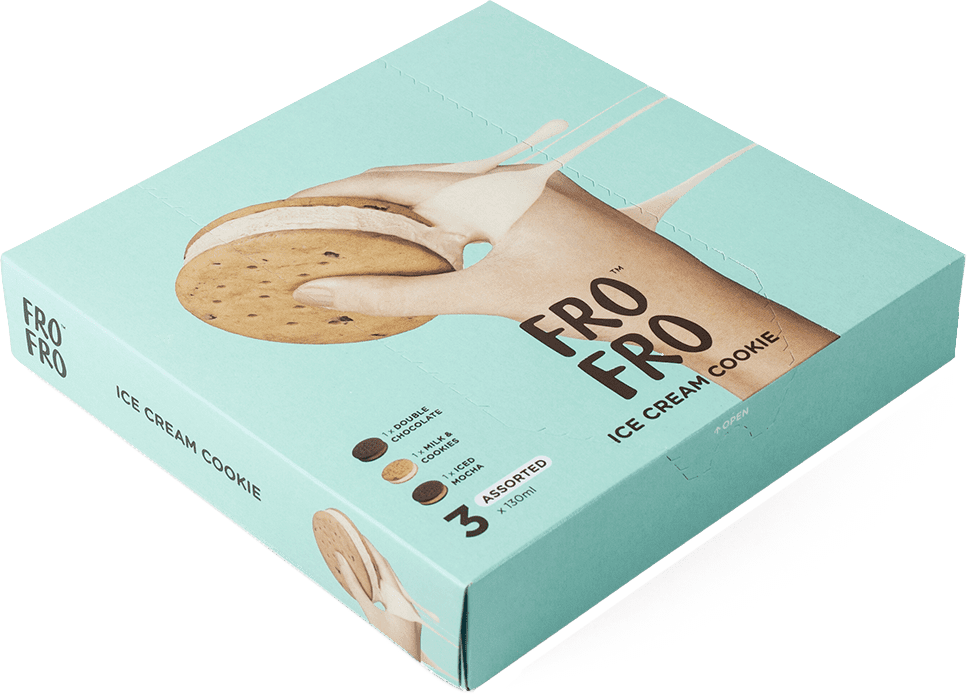
Score cracking—visible fiber breakage along a fold—can ruin a carton’s appearance, weaken its structure, and cause failures on automated lines. Understanding the causes and engineering solutions is critical for producing folding cartons that maintain both strength and visual quality.
What Causes Score Cracking
Score cracking occurs when fibers along the fold line break instead of bending cleanly.
- Low Moisture Content: Dry board becomes brittle and less pliable (ASTM D685-22).
- Improper Score Depth: Shallow scores increase folding resistance; deep scores can cut fibers.
- Incorrect Grain Direction: Folding parallel to the grain increases cracking risk.
- Surface Coating Rigidity: Gloss varnish, films, and metallic layers reduce fiber flexibility.
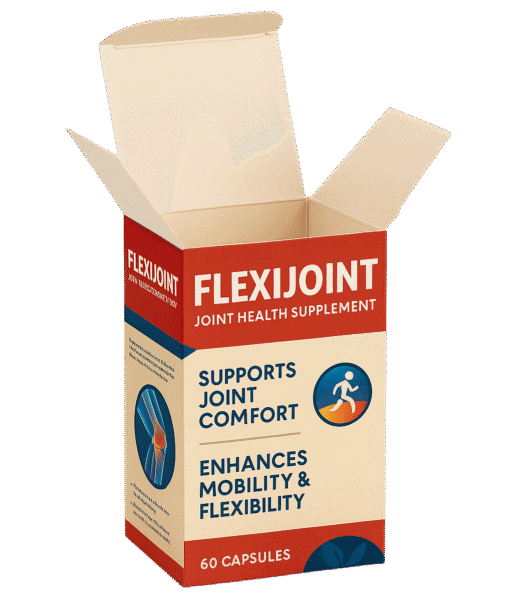
Material Selection
- SBS (Solid Bleached Sulfate): Generally folds cleanly but can crack with heavy coatings or low EMC.
- CUK (Coated Unbleached Kraft): Higher tear resistance; better for humid conditions.
- FBB (Folding Boxboard): Softer surface layers reduce cracking risk in coated applications.
Tip: Match fiber composition and surface finish to the intended folding radius and production environment.
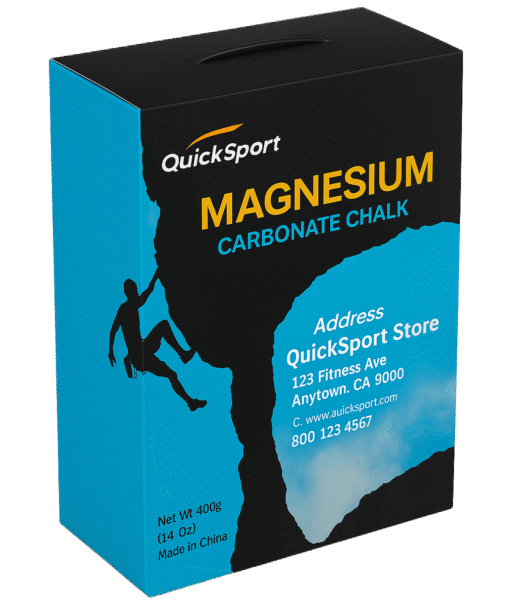
Moisture and Conditioning
- Pre-Production Conditioning: Allow board to reach equilibrium moisture content (TAPPI T402).
- Humidity Control: Maintain 40–60% RH in converting and packing areas.
- Target EMC: Typically 5–8% for most paperboard grades.
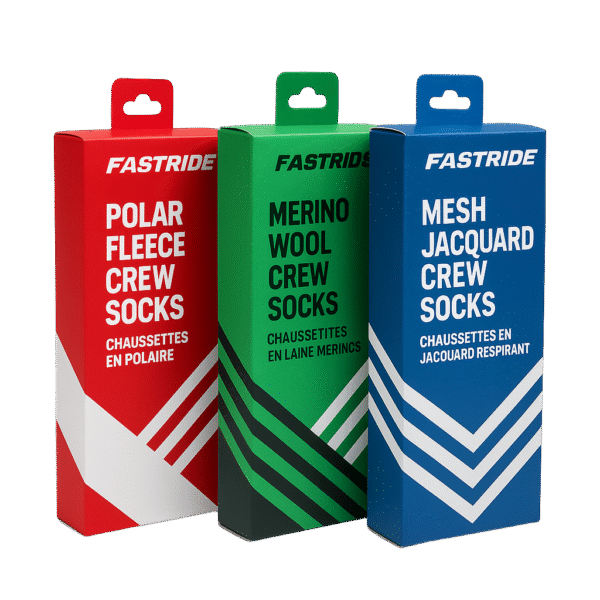
Coating and Lamination Adjustments
- Scoring After Coating: Where possible, score post-coating to reduce fiber breakage.
- Film Selection: Thinner, more flexible films reduce cracking risk.
- Relief Scoring: Adding micro-perfs in the coating layer only can relieve stress without affecting the substrate.
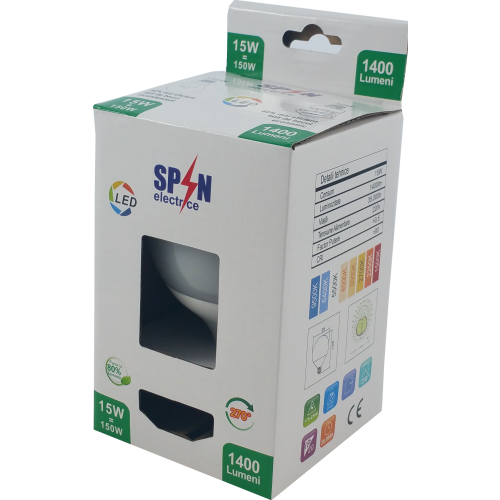
Testing and Quality Control
- Bend Tests: Assess crack formation on sample folds before full production.
- High-Speed Trials: Score cracking can be magnified at higher folding speeds.
- Visual Standards: Establish acceptable limits for cosmetic cracking based on brand requirements.
References
ASTM International. (2022). ASTM D685-22: Standard practice for conditioning paper and paper products for testing. ASTM International. https://doi.org/10.1520/D0685-22
Soroka, W. (2014). Fundamentals of packaging technology (5th ed.). Institute of Packaging Professionals. ISBN: 978-1-930268-37-2
TAPPI. (2019). T 402: Standard conditioning and testing atmospheres for paper, board, pulp handsheets, and related products. TAPPI Press.
Twede, D., & Goddard, R. (2021). Cartons, crates and corrugated board: Handbook of paper and wood packaging technology (2nd ed.). DEStech Publications. ISBN: 978-1-60595-120-5
With new tariff proposals and continued trade uncertainty, 2026 is shaping up to be another pivotal year for packaging sourcing strategy. Many companies that shifted production away from China in
Following multiple rounds of tariff changes and trade policy adjustments, 2026 marks a turning point for U.S. packaging buyers. Many who previously transitioned from China to domestic or nearshore suppliers
Shifting packaging production from China to the U.S. can help stabilize costs, reduce tariff exposure, and shorten lead times. But the transition process requires careful planning. For packaging buyers, the
RSC boxes are known for their efficiency and versatility, but their performance ultimately comes down to strength. Buyers often see numbers like ECT, BCT, and burst strength on specifications —
Home » Preventing Score Cracking in Folding Cartons


